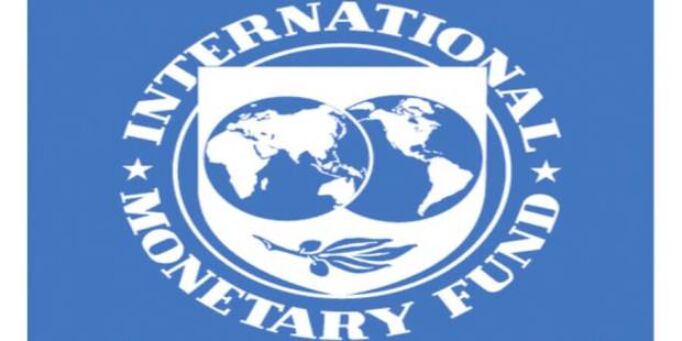A bleak outlook

Back in June, the World Bank forecasted that the pandemic and the resultant lockdowns would send most countries across the world into an economic recession. WB went on to say that the contraction in per capita would be the most extensive since 1870. The organisation forecasted a chance of a bounce-back in 2021 but also noted that another big wave of Covid infections could easily pull the global economy further down. Then, as economies reopened, new estimates were released by the IMF in its 'World Economic Outlook'. Buoyed by the potent and unexpectedly quick bounce-back of world economies, the IMF revised down its estimates regarding the shrinking of the global economy to 4.4 per cent this year as compared to its 5.2 per cent forecast in June. As the report noted, the bounce-back was not consistent. While China was the only country to have estimated growth figures (1.9 per cent), developed economies like the US and EU would contract 4.3 and 8.3 per cent respectively. India prominently stood out in this report, as the pandemic has affected its economy in a particularly devastating manner in comparison to other major emerging economies. The IMF estimated that the Indian economy would shrink as much as 10.3 per cent over the course of 2020. The IMF figure aside, speculations regarding the true extent of economic devastation in India have been ongoing for many months. Now, RBI has stepped in and finally clarified through a recent report that the Indian economy has indeed entered into its very first technical recession. The report showed that the GDP contracted 8.6 per cent in the quarter that ended in September, meaning that the Indian economy entered into a technical recession for the first half of 2020-21.
The report states this particular fact while also taking into cognisance that the current growth indicators if continued, will see the Indian economy return to growth by the October-December quarter. This, however, is no cause for laxness as several growing risk factors threaten to derail the narrative of a complete turn-around. The team behind the report was quoted as saying that "there is a grave risk of generalisation of price pressures, unanchoring of inflation expectations feeding into a loss of credibility in policy interventions". Furthermore, they too took heed of the grim possibility of another wave of Covid infections and its effects on the global economy. As per official figures, India's case count has recently seen a pattern of stabilisation and reduction. But with the winters and the oncoming smog season, there is a clear risk that a new, devastating wave could overwhelm India until such time as a vaccine is available in sufficient numbers. Finally, the team mentioned another challenge that was also likely in the near future. The outbreaking of increased stress among households and corporations which has, as yet, only been delayed and not rectified. This stress may well slip into the economy. One of the factors illustrated in the report was the current trend of increased house savings. It was reported that household savings went up from 7.9 per cent of GDP in April-June of 2019 to 21.4 per cent of GDP in the same time period this year. The trends of such savings, a bulk of which are bank deposits, will likely continue for some time until the pandemic is managed and consumption levels stabilise. The reduction in business activity and continuing reduced consumption levels is aggravated by relief packages that have been termed by many experts as being relatively modest and based on indirect support such as credit guarantees, particularly in the case of India's massive informal sector, which has taken a significant beating from the pandemic, the scale of which is not fully understood. The vicious cycle will likely continue to stress everything from MSMEs to banks in India for some time to come. This is a fact. What the government response can change is how India deals with such crises in the times to come. Thus, robust support packages and measures aside, there is an urgent need for investment in healthcare infrastructure in India, a recommendation that has been made by every major financial body. The times ahead will certainly be tough but the Indian economy, like its people and systems, can emerge stronger for the wear.



